In this post you’ll get repeatable, practical steps for a matcha making experience like no other. Learn to choose the best powder and how you can tell. Understand the need for you to measure precisely. Learn how the heat of your water is viral, and finally how to whisk so that you create the perfect creamy foam. And get our tips to troubleshoot problems, with clear no fluff guidance so you master perfect matcha every morning.
How to Make Matcha Perfect: Practical Steps You’ll Master
What You Need
- Ceremonial or culinary matcha
- Fine sieve
- Bamboo whisk (chasen) or frother
- Bowl (chawan)
- Kettle
- Scale or teaspoon
- Filtered water
- Basic patience and attention
Pick the Right Matcha
Start with the powder. Choose matcha quality first—it’s the single biggest factor in a great cup. Prefer ceremonial grade for straight whisking: sweeter, vibrantly green, and smooth. Use culinary grade for lattes, smoothies, and baking: darker, more astringent, and built to blend.
Inspect the tin before buying. Look for vivid emerald color, an ultra-fine texture (feels like talc), and a fresh vegetal aroma—not musty or stale. Verify origin and processing: Uji, Nishio, and Kagoshima are reliable producers; prefer stone-ground for traditional quality.
How to make matcha perfect checklist for when shopping:
- Grade: Ceremonial vs. Culinary
- Color: Bright green (not brownish)
- Texture & Aroma: Fine powder; fresh green scent
- Label info: Origin, roast/pack date, stone-ground
Buy small quantities and buy from a trusted retailer. Store unopened tins in a cool, dark place. Transfer opened tins immediately to an airtight container and refrigerate for maximum freshness.
Jade Leaf Organic Ceremonial Matcha Teahouse Edition US (1.06oz) Tin
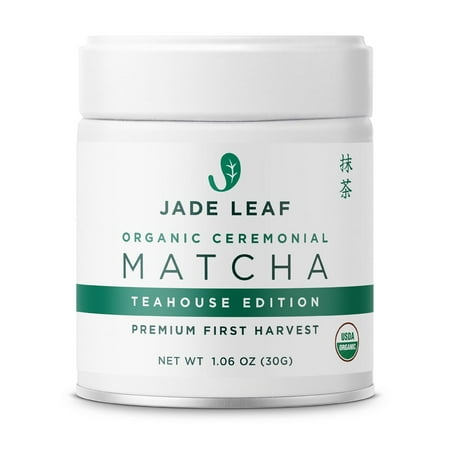
Produced
- Premium first harvest tea leaves are crafted into our Ceremonial Matcha.
- 100% USDA Organic Matcha Green Tea Powder, All Natural
- Fusion of the Uji (Kyoto) rich, deep flavor and Kagoshima region’s light, refreshing
Ceremonial Grade Matcha, Stone-Milled from Wazuka, Kyoto Family Tea Estate, Hot
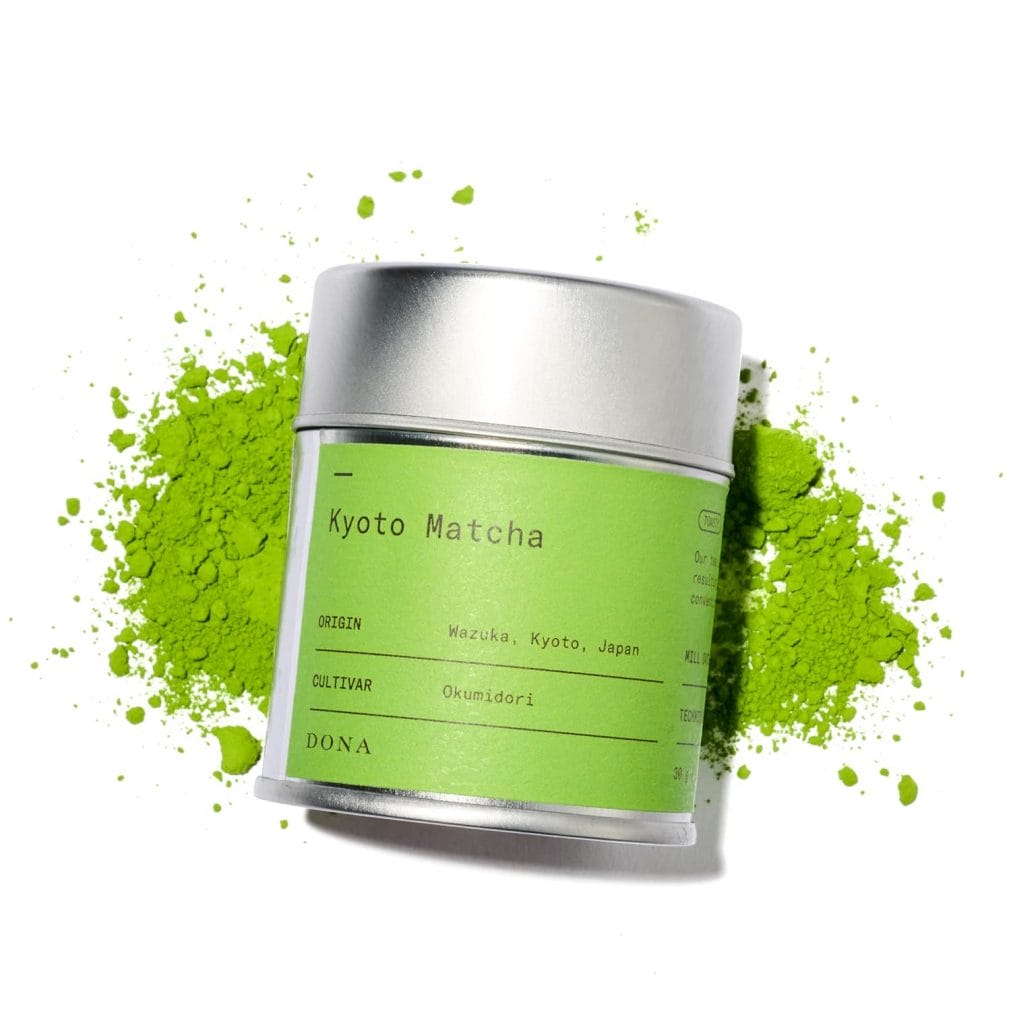
Produced
- 100% Ceremonial grade matcha harvested once a year in May
- well-balanced umami flavor by the high-temperature firing process
- Okumidori Cultivar a remarkable blend of Yabukita and Shizuoka Zairai tea plants
Naoki Superior Ceremonial Matcha Blend – Authentic First Harvest Japanese Ceremonial Grade Green Tea Powder from Uji, Kyoto (40g / 1.4oz)
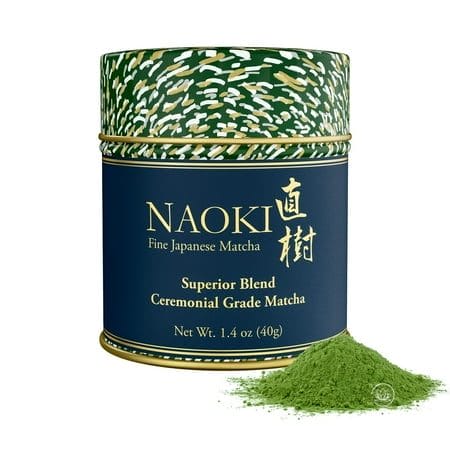
Produced
- Premium Japanese Ceremonial Grade Matcha, Fresh from Japan
- Made from shade grown, First Harvest tea leaves from Uji Kyoto.
- The tencha is only ground into powder right before it leaves Japan for the USA
Measure and Sift Precisely
Measure 1–1.5 grams of matcha per 60–80 ml water for a classic usucha.
Use 3–4 grams with much less water for a koicha.
Use a scale for accuracy.
If you don’t have one, start with 1 rounded teaspoon (~1 g) and adjust by taste.
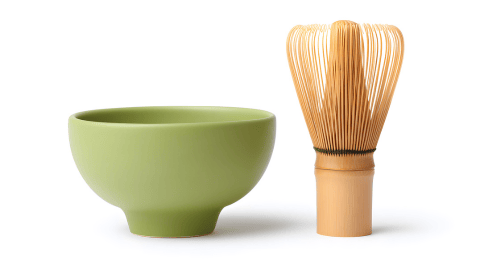
Sift the powder into your bowl through a fine mesh or a matcha-specific sifter to remove clumps. Tap the sieve gently and push stubborn bits through with the back of a spoon. Sift even high-quality matcha — humidity packs powder into tiny lumps that ruin texture.
Whisk after sifting; you’ll notice a smoother, frothier result and fewer bitter pockets.
For example, when you’re rushing in the morning, measure a rounded teaspoon for 70 ml water, sift quickly, whisk vigorously for 15–20 seconds, and you’ll get a clean, balanced cup every time.
Use the Right Water — Temperature Matters
Choose filtered or soft water. Heavy-mineral or metallic-tasting tap water will mute matcha’s delicate sweetness and aroma. If your tap tastes off, use a simple carbon filter or bottled soft water.
Heat water to the right range. Aim for 70–75°C (158–167°F) for a clean, sweet usucha. For koicha, target a slightly warmer temperature but stay well below boiling (around 75–80°C depending on your powder).
Pour boiling water into another kettle or cup and wait 4–6 minutes if that’s all you have. This is a reliable shortcut: the temperature will drop into the usable range without a thermometer.
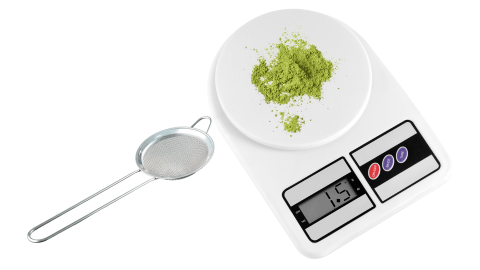
Measure water volume precisely. Too much water dilutes sweetness; too little makes the paste heavy. Practical guides:
- Usucha: 60–80 ml per 1–1.5 g matcha
- Koicha: much less water for 3–4 g matcha (adjust to taste)
Preheat your bowl with hot water and discard it before adding matcha. A warm bowl stabilizes temperature and makes whisking smoother.
Remember: colder water preserves sweetness; hotter water pulls more bitterness. Adjust by small degrees to suit the leaf.
Whisk to the Right Texture
Use a chasen (bamboo whisk) whenever possible. Hold the bowl with your non-dominant hand and tilt it slightly. Grip the chasen like a pencil with your dominant hand so your wrist, not your arm, drives the motion.
Start slowly to dissolve the paste into the water. Whisk briskly in a back-and-forth “M” or “W” motion in the upper third of the bowl — keep the whisk tips just below the surface to create uniform microfoam.
Aim for quick, small strokes rather than wide arcs.
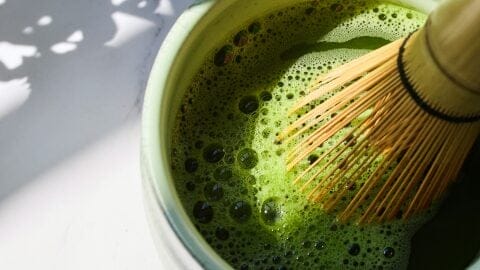
Watch for a fine layer of tiny bubbles and a glossy sheen across the surface; that signals correctly emulsified usucha. Mix koicha more slowly and intentionally in tight circular motions to integrate without froth.
If you’re in a rush, use a small electric frother — give short bursts to avoid warming the tea. For example: on a busy morning, a 10–12 second burst gives decent crema; on a quiet morning, spend 20 seconds with the chasen for a silkier cup.
Clean and reshape the chasen under warm water, then let it air-dry standing to preserve the prongs.
- Quick checklist:
Usucha: 15–30s brisk “M/W” strokes
Koicha: slow circular strokes, no froth
No chasen: short electric-frother bursts
Serve, Taste, and Adjust
Pour immediately after whisking so the delicate foam and aroma stay intact. Serve in a warmed bowl and set it on the table; the visual creaminess helps your tasting judgment.
Drink usucha directly from the bowl. Take several small sips to evaluate sweetness, vegetal/seaweed notes, and any astringency. Note mouthfeel — silkier = well-emulsified and fresh.
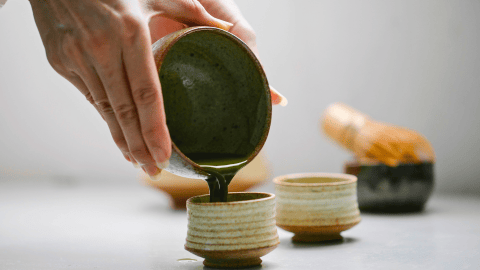
Adjust based on taste:
Reduce bitterness: lower water temperature 5–10°C (for example, 80°C → 75°C) or cut powder by ~10–20%.
Fix flat flavor: use fresher matcha or raise water temperature slightly (5–10°C).
Improve body: add more powder incrementally; expect more umami and sweetness up to a point.
Make a latte: whisk the dry powder with a splash (~1 tbsp) of warm water into a smooth paste, then add 150–200 ml steamed milk to avoid clumps and preserve matcha flavor.
Keep a simple brewing log for two weeks and you’ll dial in a recipe that fits your taste.
Troubleshoot Common Problems and Store Correctly
How to make matcha perfect is a true skill. But by spending time and learning how, ultimately you’ll discover what you like an d what you don’t. The best thing is that when something’s off, you can fix it quickly with the following targeted steps.
- Fix bitterness: lower water temperature 5–10°C, use 10–20% less powder, or whisk faster and more vigorously to disperse tannins.
- Resolve chalky mouthfeel: check freshness — buy newer tins and store airtight; old matcha tastes dull and chalky.
- Eliminate clumps: always sift before whisking and whisk immediately; if needed, make a paste with a splash of warm water, then whisk.
- Increase foam: warm the bowl, use fresh matcha, and whisk near the surface with quick zigzags — try 20–30 rapid strokes to build crema.
- Store properly: keep matcha in a sealed, opaque container in a cool, dry place. Refrigerate to extend life but avoid repeated temperature changes; bring to room temperature before opening.
- Use within: consume opened matcha within 4–6 weeks for best flavor.
- Clean tools: rinse the chawan and chasen with warm water only (no soap); pat the chasen dry and store upright to preserve shape.
- Scale recipes: make a concentrated matcha slurry first, taste, then dilute or add milk to maintain balance.
How To Make Matcha Perfect – Recommended Products
4Pcs Japanese Matcha Tea Set: Bowl, Bamboo Whisk, Holder, Ceremonial Matcha 30g
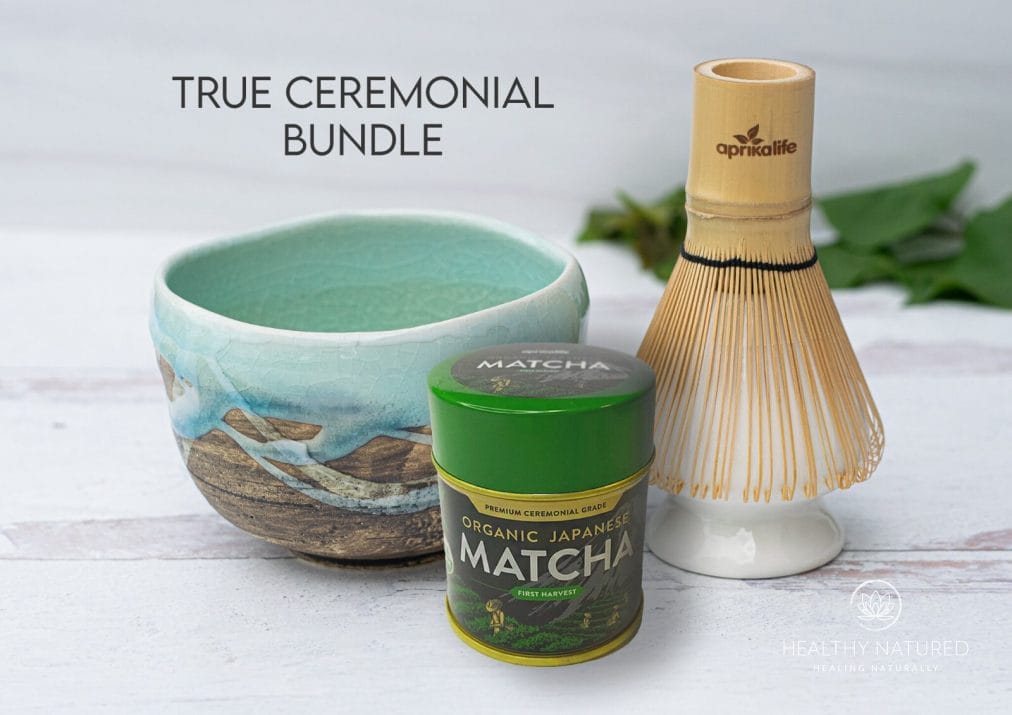
Japanese Ceremonial Matcha Green Tea Whisk Set – Golden Chasen Whisk, Chashaku, Tea Spoon, Black Bowl, Black Rest, Strainer, Tea Tray
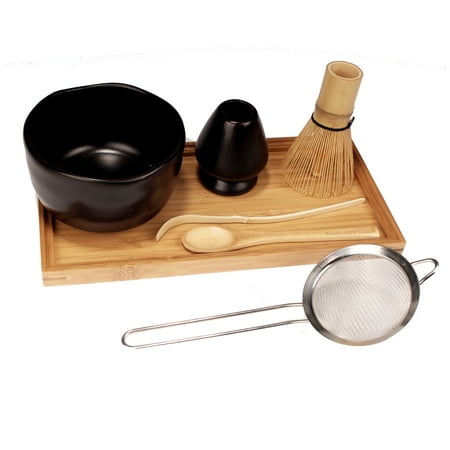
GUANGZHOUSHULIU Matcha Tea Set, Matcha Whisk, Traditional Scoop, Matcha Bowl, Ceramic Whisk Holder, Handmade Ceremony Kit (7 Pcs)
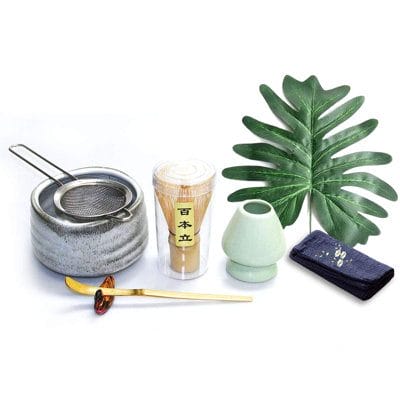
Start Brewing Confidently
Follow these steps, make small adjustments, and you’ll reliably brew bright, balanced matcha; practice three times, note what changes, then try it and share your results to refine your routine.

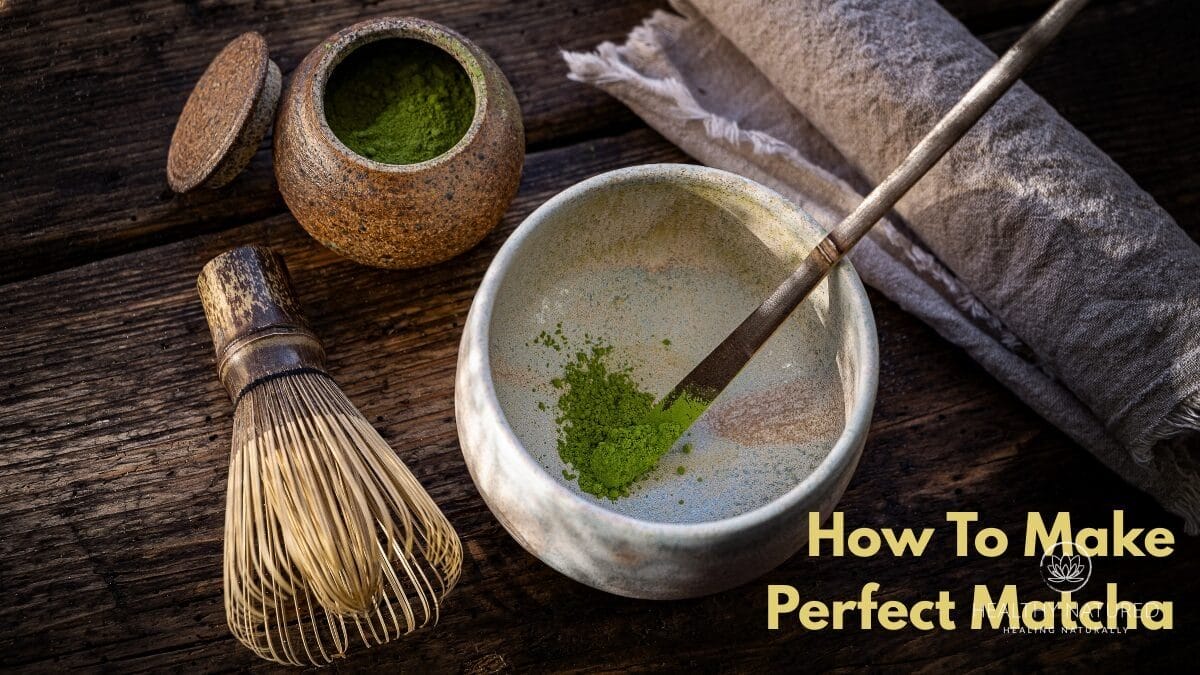

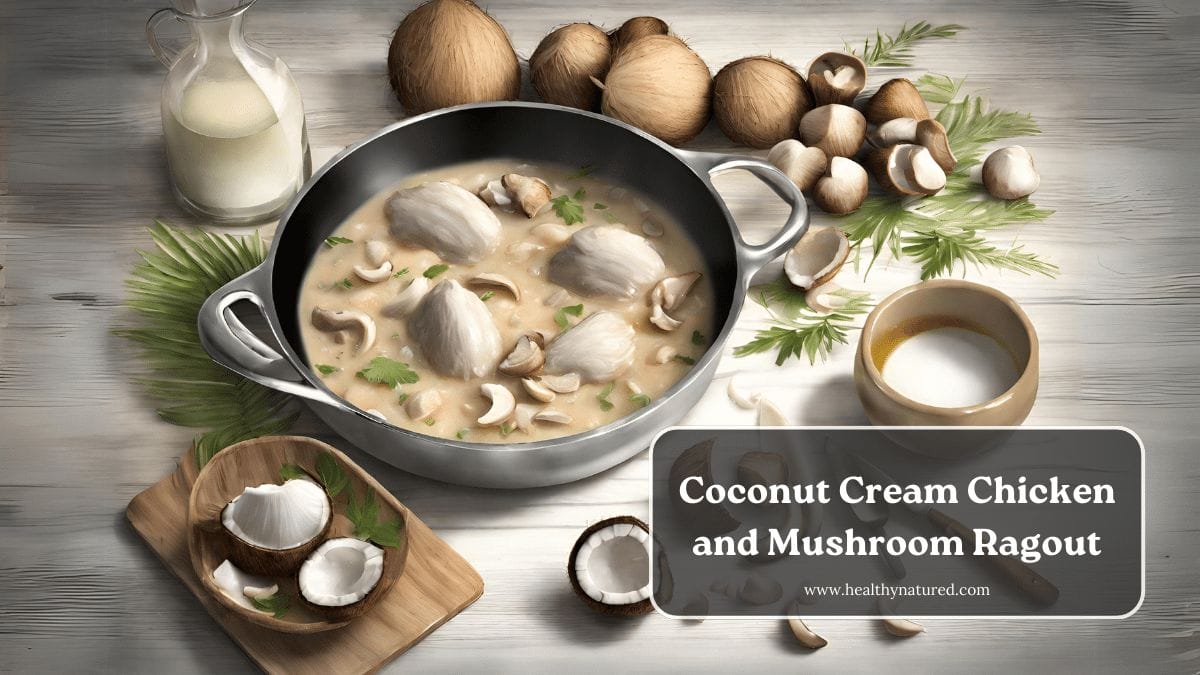

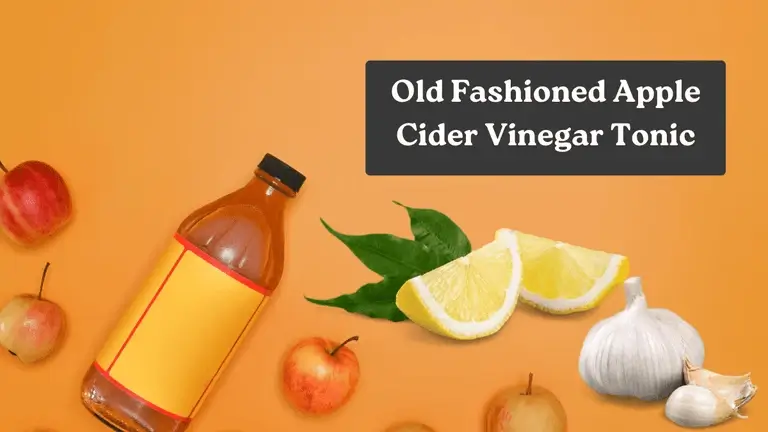
Do you recommend a scale or the traditional scoop? I know the guide mentions measuring precisely but didn’t say which is better. I’m a total beginner.
I used a scoop for months, then got a tiny pocket scale and never looked back. Small investment, big consistency.
Scale is best for precision and consistency (grams). Scoops are fine if you want speed and don’t mind slight variation. For beginners, a scale helps learn the right amount fast.
Water temp = game changer. I started using a cheap thermometer and WOW. 80°C is my sweet spot for ceremonial.
Also, pro tip: let boiled water sit for about 90 seconds if you don’t have a thermometer. Works for me :) 🔥🍵
Exactly — too hot extracts bitterness. ~70–80°C for ceremonial, slightly warmer for culinary if you’re blending it into milk or recipes.
90 seconds is a good hack! I sometimes count to 20 twice 😅 Not scientific but hey, works in a pinch.
Quick reminder: if your kitchen is cold, water cools faster; warm kitchens slow it down. Adjust timing slightly.
I actually boil and then pour into another container to speed cooling. Keeps my kettle from sitting with water in it too.
Great guide — simple and practical. Quick question: when you say “pick the right matcha,” do you mean ceremonial only? I bought a farm-grade matcha once and it tasted kinda grassy. Is it worth using culinary for lattes only or can you make a decent straight bowl with it?
Also check the color — bright grassy green usually means fresher/ceremonial. Duller green = older or lower grade.
Good question, Emily — ceremonial is best for straight bowls (usucha/koicha) because it’s sweeter and finer. Culinary is fine for lattes or baking since it’s stronger and sometimes a bit more bitter. If you’re trying to sip matcha, pick ceremonial; for mixing, culinary works well!
Agree with admin — I mix culinary into smoothies all the time. But if I want that bright, delicate flavor, ceremonial is the only one I reach for.
Honestly, the guide has lots of tiny steps. Felt a bit overwhelming at first — sifting, temp control, whisk motion… can we have a “minimum viable matcha” version? Something quick for busy mornings.
Short and sweet: loved the troubleshooting section. Saved me from panicking when my matcha went bitter.
Troubleshooting tip: if clumps keep forming, try this: sift, then add a tiny splash of water and stir into a paste with the back of a spoon before whisking. Works for me.
Also, anyone else find that the quality of your kettle affects taste? Maybe placebo but my old rusty kettle made everything meh.
Also try cleaning your kettle thoroughly — mineral build-up can change flavor over time.
Great tip — making a paste solves a lot of clumping issues. Regarding kettles: if water tastes off (metallic), it can affect the final cup. Use filtered water if possible.
I had the same kettle issue! Switched to filtered water and waaay better. Worth checking your water quality.
I tried this guide this morning and spent like 15 minutes practicing my whisking. Results:
1) Foam was decent
2) Still a little gritty at the bottom
3) Got the temp wrong first — too hot, bitter
4) Came back and sipped and felt like a zen moment 😌
5) Will keep practicing — technique matters WAY more than I thought!
Patience + whisking = everything. Also, do you store your matcha in the fridge? That helped me keep it fresh longer.
Re: storage — yes, airtight, away from light and heat. Fridge can work but let it come to room temp (sealed) before opening to avoid condensation.
Nice rundown, Priya. If it’s gritty, try sifting twice or use slightly less powder. Also let the water cool on the kettle for 1–2 minutes after boiling to hit ~70–80°C depending on grade.
Gritty at bottom used to bug me — now I swirl the bowl just before sipping and it evens out. Works 60% of the time, every time. 😅
Try a 0.5g less next time — sometimes I overpack the scoop and it clumps. Scale beats scoops if you want consistency.
Storage q: vacuum seal packets? I’ve seen people freeze matcha. The guide said away from light/heat — any thoughts on freezing vs fridge vs pantry?
Freezing sealed matcha can extend freshness, but avoid repeated temp changes (condensation). Best: keep in an airtight opaque container, cool/dry place, or freezer only if sealed and you won’t open often.
I’ve had bad results opening frozen matcha — got clumpy from moisture. So I stopped.
I freeze a backup tin and keep the daily tin in the pantry. So far so good.
Temperature question — for iced matcha latte, do you whisk with room temp water or cold? I tried cold and it clumped, ugh.
For iced, use a small amount of room-temp or slightly warm water to make a smooth paste first, then add cold milk and ice. Cold water makes clumping harder to break up.
Tried the “start brewing confidently” bit this weekend and here’s my silly attempt:
– Me: sleepy, clumsy
– Step 1: grabbed culinary by mistake
– Step 2: measured 2g but actually dumped 3g (oops)
– Step 3: whisked like a mad scientist
– Outcome: surprisingly pleasant latte, slight bitterness but cozy
So, TL;DR — even imperfect attempts can be tasty. Practice makes better!
Also, if you’re making it a habit, consider a small digital scale — consistency gets easier and faster after a few sessions.
Love this — authenticity wins. For lattes, a little extra powder can actually be nice. Don’t stress perfection; focus on what tastes good to you.
I once used cocoa powder by mistake. Still drank it. Coffee-level mistakes happen to us all 😆
If you like it, it’s perfect. Rule of personal taste > rulebook imho.
This made me smile. The ritual is forgiving sometimes. Keep experimenting!
I whisk like I’m trying to start a hurricane and still sometimes get no-foam days. Is it technique or product? 😂
Often both — whisk briskly in an ‘M’ or ‘W’ motion, not circular. Also check powder freshness and sifting. Old matcha foams less.